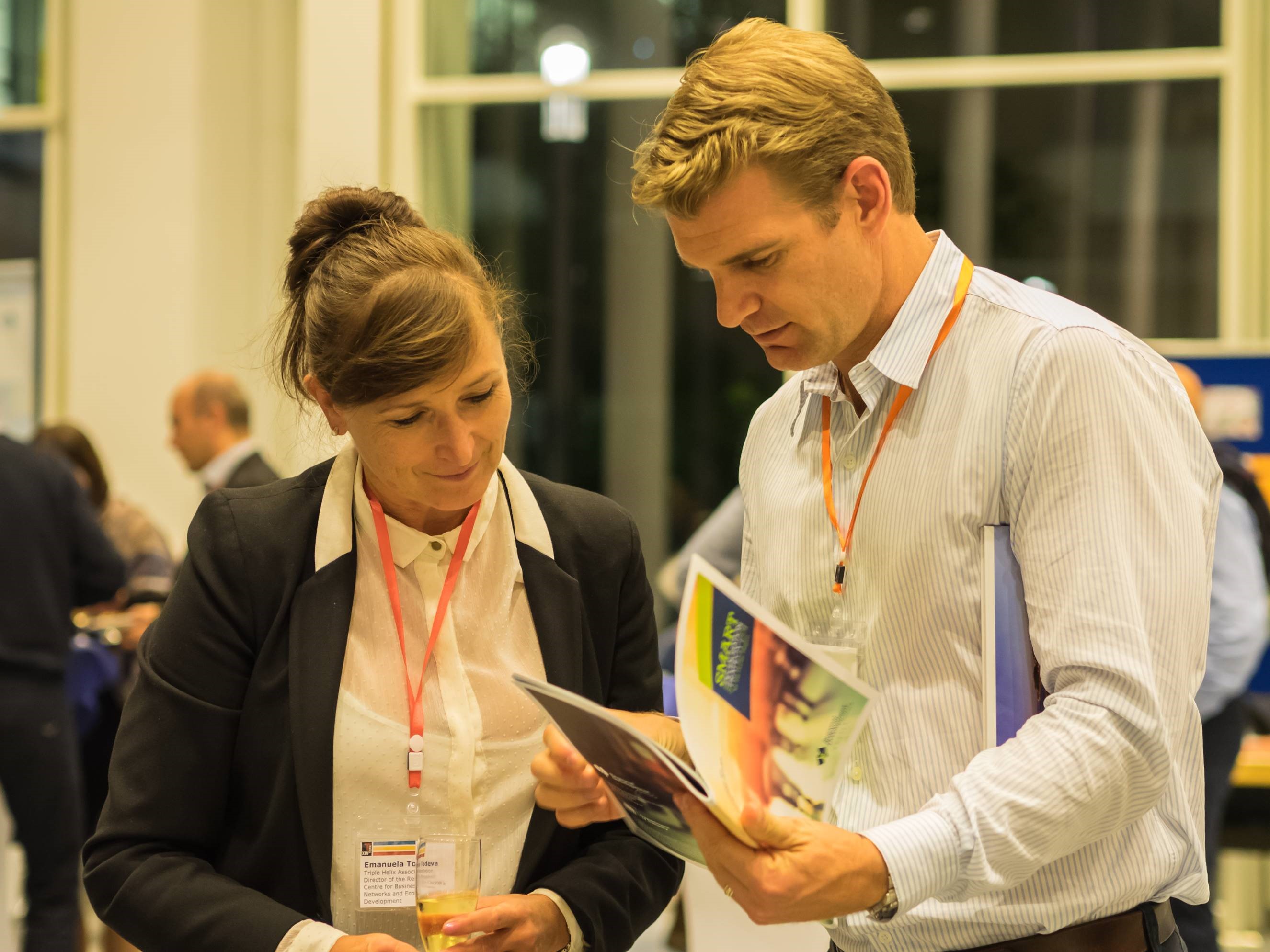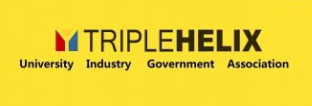Regional Development Australia (RDA) Hunter recently took out the coveted Best Paper Award 2016 at the X1V International Triple Helix Conference in Heidelberg, Germany where CEO Todd Williams presented on the economic development organisation’s Smart Specialisation Strategy for the Hunter Region (S3).
Attended by 150 delegates from 37 countries, the Conference examined multi-stakeholder or ‘triple helix’ collaborations to address accelerated growth through innovation. RDA Hunter’s Smart Specialisation, which is Australia’s first and launched by Prime Minister Turnbull in March this year, was highlighted as a case study in governance for triple helix partnerships.
Prepared in collaboration with Dr John Howard and Dr Renu Agarwal from UTS Business School, University of Technology Sydney, RDA Hunter’s conference paper, Smart Specialisation as an Engagement and Governance Framework for Triple Helix Interactions was awarded the Triple Helix Association Best Paper Award 2016 by THA President, Professor Henry Etzkowitz.
“Winning the prestigious Best Paper award at the Triple Helix conference was an absolute honour for RDA Hunter and testament to the work we are doing to put the Hunter on the world map for its capabilities and entrepreneurial attitude to the future,” said CEO, Todd Williams.
“The Hunter stacks up very well on the global stage. My recent experience reinforced that we have an international reputation for logistics, technical training and research, livability and, importantly, our ability to work together to achieve shared goals.” Mr Williams continued.

RDA Hunter was also represented at the Changing Patterns of Territorial Policy: Smart Specialisation and Innovation in Europe Conference held in Seville, Spain recently by Dr John Howard from UTS. Presenting alongside RDA Hunter, which presented on frameworks for Smart Specialisation, were organisations including the European Commission, the London School of Economics, various international universities and the Australian Government.
RDA Hunter and the Hunter region were highlighted by the Australian Government in its presentation to the 200 strong audience. The Federal Government’s Department of Infrastructure and Regional Development used the Hunter and its development of the Smart Specialisation Strategy for the Hunter Region as an exemplar of a region embracing innovation and research to grow its competitiveness, saying the Hunter is a blueprint for regions determining their own futures.
“It’s very satisfying that we have been recognised by the Federal Government on an international stage for taking charge of our own future and quietly getting on with the job.” Mr Williams said.
“We are ahead of many national and international locations in that we have looked globally for strategies to achieve economic growth and collaborated as a region to implement them. We have taken initiative by identifying our competitive strengths which we will leverage for innovation driven growth, job creation and economic sustainability.” he continued.
The following comments were also included in the Government’s presentation,
“(in) Applying the Smart Specialisation model, the Hunter region is combining current areas of expertise with new opportunities to drive the global competitiveness of the regional economy. It is worth mentioning that the Hunter region adopted the Smart Specialisation model themselves, in collaboration with the European Commission, this was not an approach taken at the insistence of Government.
This represents a shift in regional development policy in Australia. A shift welcomed by the Government. While the Government will continue to strategically invest in regional Australia, the focus will be on supporting regions to deliver futures that reflect their own strengths and ambitions. In particular, we want to help regions identify and build upon their own unique characteristics and comparative and competitive advantages.
The Government does not want to dictate the future—regions must determine their own destinies. The example of the Hunter region offers a blueprint for this approach.”

